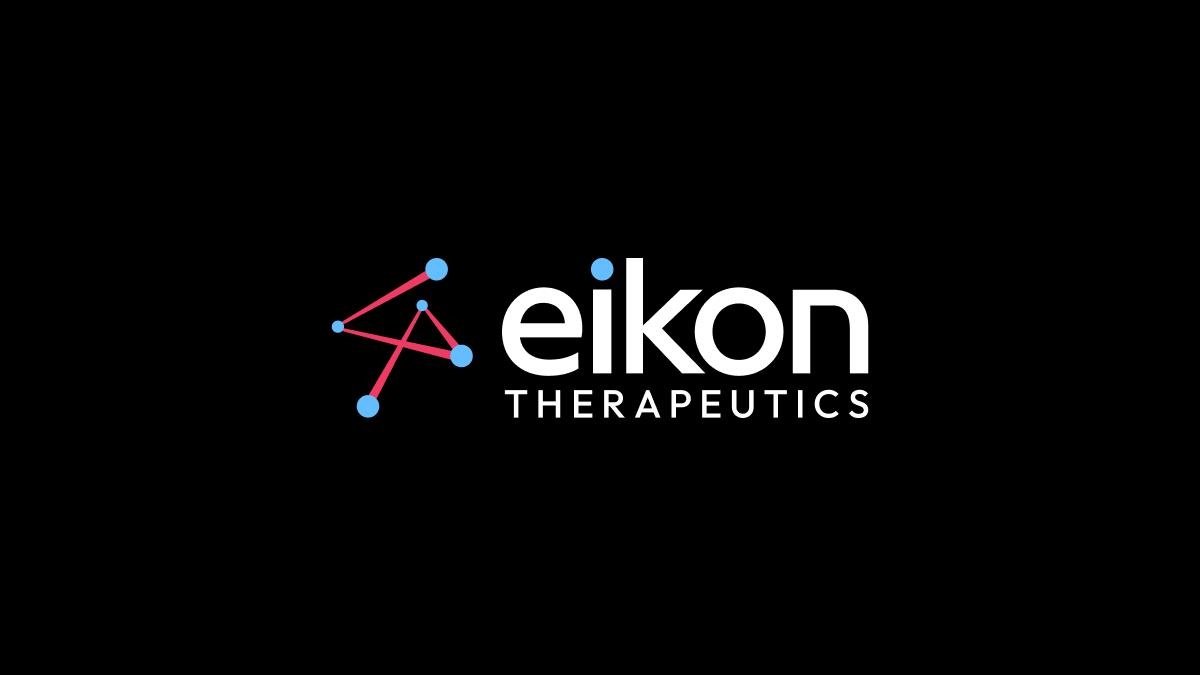BeiGene breaks new ground for BTK drugs in blood cancers

BeiGene’s BTK inhibitor Brukinsa has become the first drug in the class to be approved in the US for follicular lymphoma, giving it the broadest label among its rivals.
The FDA has granted accelerated approval to Brukinsa (zanubrutinib) in combination with Roche’s CD20-targeting antibody Gazyva (obinutuzumab) for adults with relapsed or refractory FL, a form of non-Hodgkin lymphoma that is the drug’s fifth indication. It is an option for patients who have received at least two prior lines of treatment.
The FDA has previously cleared the drug for use in mantle cell lymphoma (MCL), Waldenström macroglobulinaemia (WM), chronic lymphocytic leukaemia (CLL), and marginal zone lymphoma (MZL), but the FL indication gives it a niche away from competitors, including AbbVie and Johnson & Johnson’s Imbruvica (ibrutinib) and AstraZeneca’s Calquence (acalabrutinib).
Brukinsa is BeiGene’s top-selling drug, with sales doubling to $1.3 billion last year compared to 2022, and the company has said it expects that strong growth trend to continue in 2024.
Analysts have suggested that sales could top $3 billion at peak, rivalling the $3.5 billion made by Imbruvica last year and Calquence’s $2.5 billion. One factor that could affect the entire class, however, is Imbruvica’s inclusion in Medicare price negotiations, which could introduce pricing pressure from 2026.
The FL approval was based on the results of the 217-patient ROSEWOOD trial, which showed a higher overall response rate (ORR) for the combination of Brukinsa and Gazyva compared to Roche’s drug alone, at 69% and 46%, respectively.
The dual therapy also showed its effects were long-lasting, with 69% of patients responding to the therapy for at least 18 months.
Staying on the US market for FL could depend on positive results from the confirmatory MAHOGANY trial, which is comparing Brukinsa and Gazyva to lenalidomide and rituximab in relapsed or refractory FL and MZL and has progression-free survival (PFS) as its primary endpoint.
MAHOGANY started in 2022 and is due to conclude in 2028, although, interim results will likely be available sooner than that.
FL is the second most common type of NHL, accounting for roughly a quarter (22%) of all cases, with around 15,000 new diagnoses in the US every year. It is an incurable disease, though relatively slow to progress. with a five-year survival rate of around 90% and around half of all patients living nearly two decades.
People living with FL often experience relapse or do not respond to treatment, so need multiple options for treatment during the course of their illness.












